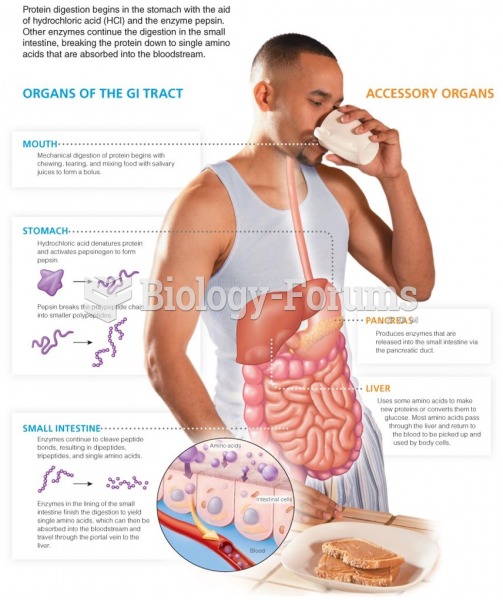|
|
|
Did you know?
Only one in 10 cancer deaths is caused by the primary tumor. The vast majority of cancer mortality is caused by cells breaking away from the main tumor and metastasizing to other parts of the body, such as the brain, bones, or liver.
Did you know?
Every 10 seconds, a person in the United States goes to the emergency room complaining of head pain. About 1.2 million visits are for acute migraine attacks.
Did you know?
People about to have surgery must tell their health care providers about all supplements they take.
Did you know?
The average adult has about 21 square feet of skin.
Did you know?
There are 60,000 miles of blood vessels in every adult human.







